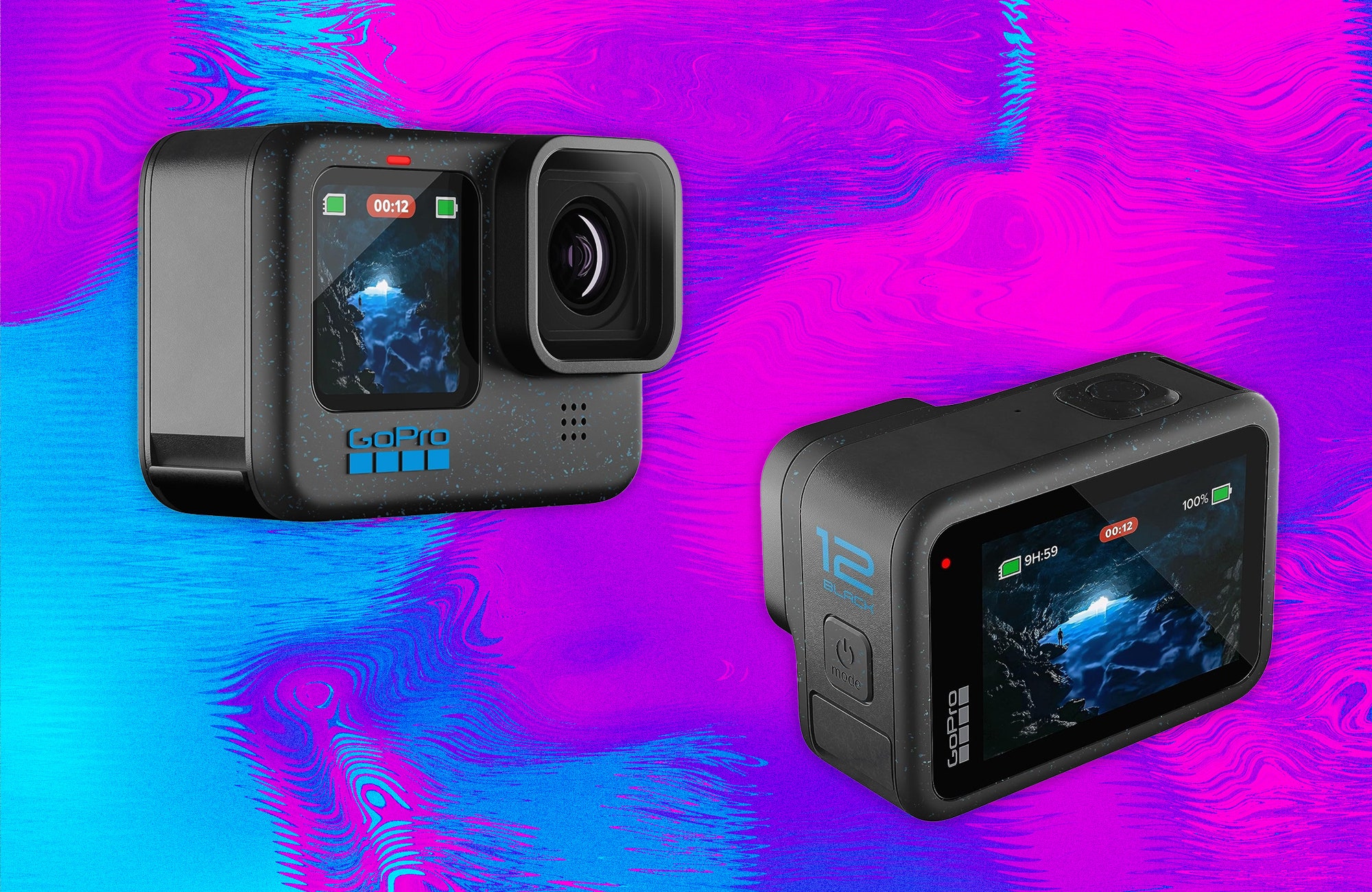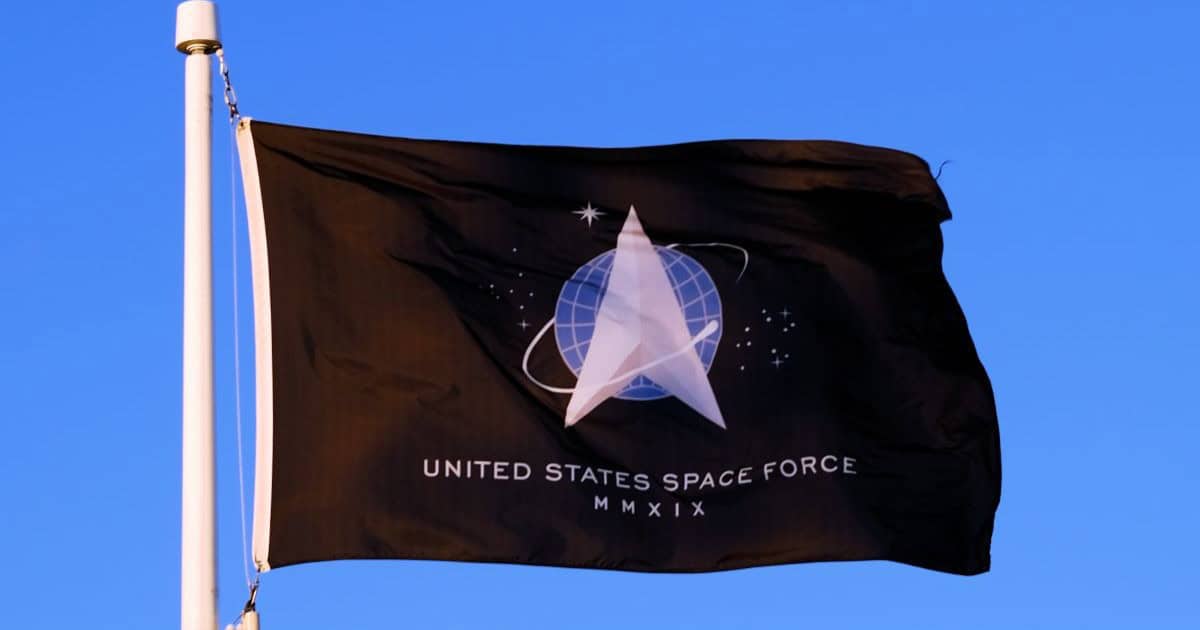If you buy something using links in our stories, we may earn a commission. Learn more.
Best Overall Action Camera
GoPro Hero 13 Black
The Best Not-a-GoPro
DJI Osmo Action 5 Pro
Best for Vlogging
Insta360 Ace Pro
Best for Those Who Want It All
Insta360 One RS
Choosing the right action camera used to be simple: Go with GoPro. That’s still good advice, in that the GoPro ranks high on our list and is our top pick for most adventure-seeking photographers, but there are also some worthy competitors, some of which can do more than the GoPro.
To figure out which cameras are the best, we dove with them, climbed with them, surfed with them, and handed them to reckless 12-year-olds on bikes. We found a number of great options that will record, and survive, your adventures on the ski slope, beach, or skate park.
If an action cam isn’t your speed, be sure to check out our other guides, including the Best Compact Cameras, Best Mirrorless Cameras, and Best Instant Cameras.
Updated September 2024: We’ve added some initial notes about the GoPro Hero 13 Black, Hero 13, and DJI Action 5 cameras. We’ve removed the DJI Action 2 as its no longer widely available.
Power up with unlimited access to WIRED. Get best-in-class reporting that’s too important to ignore for just $2.50 $1 per month for 1 year. Includes unlimited digital access and exclusive subscriber-only content. Subscribe Today.
-
Photograph: Scott Gilbertson
Best Overall Action Camera
GoPro Hero 13 Black
The Hero 13 Black is the first major update to GoPro’s flagship camera in many years. While the form factor remains roughly the same, there’s a new interchangeable lens system which makes the Hero 13 Black considerably more versatile than anything else on this page. In addition to the standard lens, there is now an Ultra Wide Lens Mod ($100) with a 177-degree field of view, a new Macro Lens Mod ($130) for close-ups, and a new Anamorphic Lens Mod ($130) with a 21:9 aspect ratio and those sweet, sweet movie-style lens flares. The Anamorphic lens will arrive next spring, the others are available now. All those lenses do make for much more expensive system, but you can buy them as needed, so there’s no need to invest if you don’t need them.
I’m still in the middle of testing the Hero 13 Black (full review coming soon), but I can already say the Hero 13 Black is well worth the $400 price tag for anyone serious about action camera footage. The new magnetic mounting system alone is worth the upgrade price (and yes, GoPro is playing catch-up here, but it has finally caught up). Alongside the Hero 13 Black, there is now also a smaller, less capable, but much cheaper Hero 13. Video tops out at 4K, and there’s no interchangeable lenses, but if you want a basic, no-frills action cam, then it’s hard to argue with the Hero 13’s $200 price tag. It’s a lot of camera for the money.
-
Photograph: Scott Gilbertson
The Best Not-a-GoPro
DJI Osmo Action 5 Pro
DJI’s Osmo Action 5 is a fantastic action camera. It even trumps the GoPro in several ways, including battery life, which tops out at 2 solid hours of 4K video recording in my tests. The Action 5 Pro can now record 4:3 ratio in 4K at 120 fps and features a new SuperNight mode, which shoots up to 4K/30 footage at 16:9 and uses noise reduction to get footage, even in very low light situations.
Again, I’m still testing this one, but one standout feature that has already impressed me is how well this integrates with the DJI Mic 2 to offer much, much better audio, better than what I’ve been able to get from GoPro’s, even with the media mod and an external mic. I also really love the size, which is smaller than the GoPro and is easier to mount. The mounting system is unchanged, which a good thing because this is the best magnetic system I’ve tried.
The GoPro Hero 13 edges ahead with 5.3K video, but this camera integrates well into the DJI ecosystem. If you have a DJI drone and plan to mix together footage, I would pick this over the Hero 13.
-
Photograph: Scott Gilbertson
Best for Vlogging
Insta360 Ace Pro
If you’re going to be filming yourself at all, the Insta360 Ace Pro (8/10, WIRED Recommends) is the camera to get. It has a great lens and sensor coengineered with Leica, but the real must-have feature for vlogging is the flip-up screen. While other action cameras offer a small front screen to compose selfies, on the Ace Pro the entire back screen flips up, offering a huge screen to compose with. It also makes it easy to shoot from the hip and other unusual angles.
The video quality is on par with both our previous picks, using a sensor the same size as the DJI Action 4’s. The Ace Pro also offers great battery life and a magnetic mounting system that’s different than DJI’s, but also excellent. There’s also a non-Pro version of the Ace that’s cheaper, but it lacks some of the higher-end video features. If you can afford it, the Ace Pro is the way to go, but if you can’t and still want the flip-up screen, the Ace gets the job done.
-
Photograph: Insta360
Best for Those Who Want It All
Insta360 One RS
Do you want an action cam? How about a 360-degree cam? The answer is, you want both, and now you can get both in one package. Insta360’s One RS (8/10, WIRED Recommends) eliminates the debate by bringing interchangeable lenses to the action camera.
There are three lenses, or “mods”: a 4K mod that mirrors what you’ll get from the other cameras on this page, a dual-lens 360-degree camera, and a wide-angle Leica lens paired with a 1-inch sensor that’s capable of capturing 5K video. The best value lies in pairing the 4K mod with the 360 mod, but if you can afford it, the Leica 1-inch mod delivers some of the best video quality I’ve seen from an action camera.
The updated Insta360 One RS differs from its predecessor in both the 4K mod, which can now shoot 5.2K video, and the processor, which brings the company’s motion-smoothing algorithm to the camera, rather than requiring the app. I also like that Insta360 regularly adds new features and improvements via firmware updates, rather than releasing a whole new camera body every year.
-
Photograph: Amazon
Most Fun
Insta360 Go 3S
Insta360’s Go 3S (9/10, WIRED Recommends) is a hybrid camera that transforms from a traditional action-camera form factor to a more portable go-anywhere wearable camera. In action camera mode, it’s much like everything else in this guide—the flip-up rear screen is very similar to the company’s Ace Pro. The Go 3 isn’t fully waterproof in this mode, which is a significant downside, but when you remove the camera from the case, the camera itself is waterproof to 33 feet (10 meters). The case can also continue to act as a remote monitor even when you pull the camera out. Couple that with the extremely strong magnetic mounting system on the camera pod, and the Go 3 becomes capable of shots and angles that no other camera in this guide can match.
Most importantly though, this camera is just plain fun. I keep mine in my bag all the time and find myself using it more and more. The Go 3S brought the video resolution to 4K, which makes it easy to combine with footage from other cameras. The simplicity and ease of shooting with the Go 3S are hard to match—just stick it somewhere and do your thing. The only real downside is that there’s no SD card. For that reason I suggest spending the extra money for the larger 128-GB model.
-
Photograph: Scott Gilbertson
Best On Sale
GoPro Hero 12
The Hero 12 Black (8/10, WIRED Recommends) remains a fantastic camera, with good, smart stabilization, support for Log video, wireless mic support, and a tripod mount. There one downside is there’s no GPS support in the Hero 12 (that’s good for battery life, but if you liked GPS, this is not the camera to get). The price has dropped on this one to $350 and we expect to see it fall further during sales later this year.
The Hero 11 Black (9/10, WIRED Recommends) is also still a great camera, and if you want GPS support to record details like your track or speed but don’t want to spring for the new Hero 13 Black, this is the GoPro to get. It has the same sensor and processor as the Hero 12, though it is missing the latest generation stabilization. What makes the Hero 11 compelling, though, is that it’s only about $250, and it too will likely be even lower during sales events.
-
Photograph: Scott Gilbertson
Best 360 Cam for the Action Enthusiast
Insta360 X4 360 Camera
The line between action camera and 360 camera continues to blur. While I am generally a fan of things that do one thing well, Insta360’s X4 (8/10, WIRED Recommends) is a compelling argument that sometimes a camera can be great at two things. This hybrid 360/action camera offers 8K 360 footage in a tiny, consumer-friendly package. When you’re not feeling like 360 footage, switch to single-lens mode and use it like a 4K action cam. The X4 is slim, relatively lightweight, and can shoot very high resolution (and fun! don’t forget fun!) 72-MP spherical images.
The result is a camera that’s great for people who primarily shoot 360 footage but want to occasionally shoot something more action-oriented.
-
Photograph: Olympus
Best for Underwater Action
Olympus Tough TG-7
The Olympus TG-7 isn’t a strap-it-to-your-head-and-shred camera, but if you’re shooting underwater—a common use case for these cameras—this is your best bet. The sensor in the TG-7 is the largest of the bunch (it’s a micro four-thirds sensor). Olympus has abandoned its camera business, which means this camera line is essentially dead. I still think the TG-7 is the camera to get if you’re shooting a lot of underwater footage.
That said, this is a seriously tough camera: freeze-proof, crush-proof, dustproof, and shockproof (you can drop it from 7 feet). It also has “real” camera features you won’t find elsewhere, like focus stacking for close-ups, an extensive set of add-ons, extra lenses, and even an underwater case that extends its depth rating.
-
Photograph: Dragon Touch
The B Roll
Honorable Mention
Some of our previous picks remain good cameras, though their features lag behind more recent releases.
- DJI’s Action 4 Camera for $299: The Action 4 (8/10, WIRED Recommends) is a fantastic action camera. The magnetic mounting system is the best we’ve tried, the menu system makes switching between modes a snap, and the resulting photos and video are great. The Action 5 trumps it a number of ways, but if you’re on a budget, this is an awesome camera and it integrates well into the DJI ecosystem. If you have a DJI drone, or DJI mics (8/10, WIRED Recommends), and plan to mix together footage, I would pick this over a GoPro because of how seamlessly DJI’s various tools works together.
- Oclu Action Camera for $199: Oclu has a very different take on the action camera, eschewing the usual design for a flat body with the primary screen on top. The result is a camera that can fit places others won’t—like the bottom of a skateboard. The Oclu shoots 4K at 30 frames per second or, if you want slo-mo footage, 1080p at 120 fps. The video and image quality is on par with what you get from the GoPro Hero 9. My gripe is the stabilization—it doesn’t help nearly as much as what you get with others in this guide. Sound, on the other hand, is excellent; I got far less wind noise than with other cameras. All things considered, it’s hard to beat the Oclu’s performance for the price.
- All those cheap cameras on Amazon: Readers often ask, why spend $400 on a GoPro when they can get a camera with 4K video for $100? It’s a fair question, and the answer comes down to software, primarily image stabilization. Action cameras are intended to be strapped to helmets or clipped to your chest while you skydive, rock climb, and race through the city on a scooter. Without stabilization, the results are something even your closest friends won’t sit through. So yes, you’ll get 4K footage with the cheaper cams, but it’ll be footage no one wants to see. In our view, you’re better off spending another $100 for GoPro Hero 10 or 11 on sale. Still, depending on your needs, something like the Dragon Touch ($40) might be good enough. The results won’t be GoPro-caliber, but if you’re just getting into action cams, this is a good way to test the waters.
-
Photograph: Scott Gilbertson
Best Accessories to Trick Out Your Action Cam
Once you have an action camera, you’re really good to go for most use cases. GoPro, Insta360, and DJI all provide helmet mounts and other ways to stick your camera where you want it. That said, there are some nice extras that can make getting that shot you’re dreaming of even easier. Here are a few of our favorites.
- A good microSD card: You may get an SD card with your camera. Insta360’s SD cards are pretty good actually, but I tend to use SanDisk’s Extreme Pro cards because they’re fast and, as an added bonus, waterproof. You can pick up a 256-GB card for around $30.
- GoPro Media Mod for $80: GoPro’s sound is OK out of the box, but if you want higher-quality audio, this is where you start. Not because the media mod produces great sound—it’s better than the camera, but still not great. What if offers is a microphone jack. Plug in a high-quality microphone and you’ll finally have awesome sound. Not recommended while skydiving. Also available at GoPro ($80).
- Joby GorillaPod 3K for $70: This flexible tripod extends your action camera’s mounting possibilities to include just about anything. My GoPro almost never leaves this tripod. It coils around SUP guys, tree branches, even my dashboard. Be sure to grab some tripod adapters below.
- Motorcycle accessory bundle for $45: If you ride, this mount for the Insta360 X4 (and One R, Ace Pro, etc) is a must-have. It’s one of the most secure clamps I’ve ever used, almost as good as a bench vice.
- Tripod mount for $8: Action cameras offer many ways to mount them, but one that’s curiously missing is the traditional quarter-inch tripod screw-mount. The GoPro Hero 12 changes that, but this 4-pack of adapters solves the problem for the others.
- Polarizer and ND filters: If you shoot around water, through glass, or in any other high-glare situation, a polarizing filter will help cut that glare. Neutral density (ND) filters hold back light to let you shoot at wider aperture in bright light. Both are great additions to your action camera kit. I’ve tested and like Freewell’s polarizing and ND filters for GoPro ($20). I suggest starting with an 8-stop ND or combo ND and polarizing filter.
- Floaty for $30: Another one for the water shooters, but well worth the money since it’ll keep your GoPro from ending up at the bottom of the sea.
- Selfie stick for $25: I’ve tested a lot of selfie sticks and they’re almost all fine, but I keep grabbing this Insta360 version when I head out the door. It’s lightweight, small enough to fit at the bottom of my bag, and it’s affordable. If you want to go big, this Insta360 Extended Edition Selfie Stick ($100) can imitate a low flying drone, perfect for use in national parks and other places drones are a forbidden.







